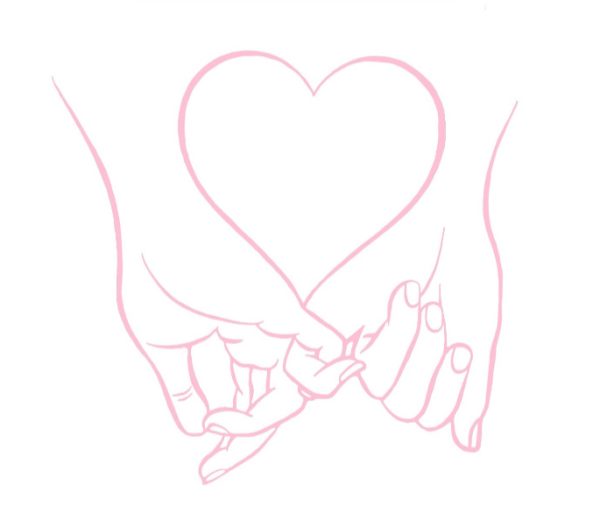Fast fashion is taking a toll on our earth (Opinion)
Fast fashion has become a major problem, so it’s important to make mindful choices when shopping
In recent years, the rapid growth of the fast fashion industry has taken over the world. Because of the lasting effects of the COVID-19 quarantine, the never ending list of TikTok unboxing haul videos, and the convenience of shopping online, the earth suffering from the effects of fast fashion more than ever.
Everyone loves convenience. Ordered a cute top? Or two, or three, or several? They’re arriving tomorrow by noon. But how is this possible? What is the likelihood of you wearing all of these clothes, really?
After the last few years, the environment has begun to pay the price, leading consumers to question how ethical sites like Shein, Zara, Forever 21, and more, really are.
Online shopping has become one of the biggest contributors to CO2 emissions. Transporting goods from point A to point B has emitted nearly 37% of current global emissions.
Overconsumption, specifically online, has been pushed onto consumers with events such as Cyber Monday, quick sales, holidays, and shipping and returns with little to no cost. Nearly 52.1% of America’s retail sales came from just online shopping in 2021.
Besides the constant online shopping being an issue in itself, packaging has also become a problem. Excessive packaging is killing our environment, and with plastic bags being used more often than cardboards, the production needed to make packaging is doing serious damage. Less than a fourth of all plastic packaging produced every year is recycled. The waste is beginning to destroy our natural resources and environments, and space in landfills is becoming scarce.
Not only is production, shipping, and packaging extremely detrimental to our earth, but the mindset around consumption has been a rising issue. With shopping hauls being showcased on nearly every social media platform, buying uncanny amounts of clothing has become normalized to the average consumer.
Aside from the environmental impact, the clothing pieces provide concerns. Items are often low quality, made with cheap materials and machines that have low quality seamwork. Child labor is also a very common practive used to cut the cost of making clothes. Workers are placed in severe working conditions, exerting extreme physical labor for sometimes double a normal work day. Regularly, warehouse bosses break dozens of laws and regulations.
The rise in popularity of fast fashion has become very apparent. A couple years ago, you were unlikely to find a single Shein or Forever21 garment in thrift stores. Today, fast fashion brands such as these are being found more and more commonly.
Secondhand stores are now overfilling with clothing that is “out of fashion” and was produced in massive amounts, just to be worn once before being donated. The environmental impact of cheap materials such as polyester continues to be a bigger and bigger problem.
So, how can one combat all of these differing issues? Thrifting, being mindful, and slowing down on clothing consumption helps.
Thrifting cuts down on the amount of clothing that is found in landfills. Synthetic material is extremely hard to break down and is also extremely bad for the environment, as it’s production contributes greenhouse gas emissions. Thrifting also helps reduce the amount of chemical and carbon pollution as well as water consumption. Over 400 gallons of water are used to produce enough cotton to make one t-shirt.
You never know what you’ll find at a thrift store, and you almost always end up spending less for more.
Your donation will support the student journalists of Mead High School. Your contribution will allow us to purchase equipment and cover our annual website hosting costs.

Samantha is a senior. She enjoys going to concerts, being environmentally conscious, and music. She is involved with a lot of work, playing the drums, and spending time with friends. She is looking forward to contributing as much as possible to The Mav this year.










